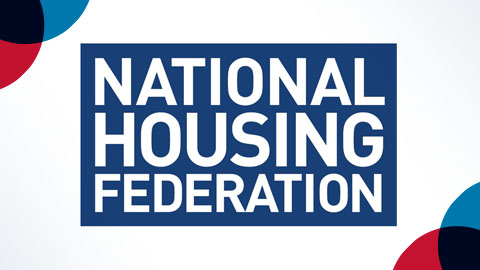NHF Board Members' Conference and Exhibition Notes - Waking Up the Board
As part of our continuing support of the Housing Association Sector, Convene was one of the sponsors of the NHF Board Members’ Conference in London. In what is normally the session where the audience is most prone to sleep following early starts to travel to London and a filling buffet lunch, Alison Christy, chair of Selwood Housing, kept us engaged with her description of how she woke up and then shook up her board.
The Challenge of a Sleepy Board
Alison started her talk by describing an all too familiar description of how a board that had originally set out with good intentions and had been designed for the challenges of its time had grown both physically and mentally old. With some board members being established for more than 20 years, dysfunctional behavior had become the norm and the board was no longer providing the leadership the group required.
And by dysfunctional behavior Alison did not mean that the board was descending into riot but that it had become complacent and set in bad habits; with some elderly members falling asleep during meetings, subtle bullying techniques and uncooperative behaviors becoming all institutionalised and accepted as a matter of course. The board was also too big to be an effective decision-making body and comprised of people such as councillors who had been co-opted to the board rather than having sought an interest in being part of it.
Solution – Part 1: Identifying the Problem
Seeing that the future for her organisation was to move into the Enterprise space, Alison identified that behaviours needed to change to give the organisation the leadership it required. To help her achieve this she brought in a firm of behavioural consultants who spent some time reviewing the behavior of each board member and members of staff as they were attending the board meetings. All board members and staff members were individually scored as to how they behaved based on an index of behaviours. The behaviors included looking at blocking activities – these are when someone prevents a board interaction happening, so this could be either through talking over someone or indeed by falling asleep in a meeting.
At the end of the exercise each board member had a one-to-one with the consultant who went through their personal behaviors. Alison then put in place the second part of her plan that related to hiring a new board.
Solution – Part 2: Removing the Problem
The new board was reduced in size to 12 people. Each new board member, councillor, tenant or independent was expected to apply to become a member of the board and go through a selection process. The application process was opened out to include all of the local councillors and tenants, and adverts were put out for independents. Needless to say sleepy people need not apply!
With the new board in place, the presentation was now taken on by Barry Hughes, the Chief Executive of Selwood Housing, who described how the management team now felt empowered by the board rather than held back by it. With reporting to the board now based around the CIMA strategic scorecard and a board who was engaged with the future of the business rather than in the business of being their own institution, Selwood was able to rapidly bring their repairs service back in house with associated savings and improvements in customer care, and also move forward with their plans of becoming an Enterprise organisation.
Key Lessons
It looks very much as if Selwood is well placed for the future challenges and we certainly wish them every success. Unlike Alison who said that there was one key lesson to take from what they had achieved which was make sure that you have a board fit for purpose, we would say that there are two lessons – the second being the need to have the right board and the first being the need for a dynamic chair like Alison to make change happen!










